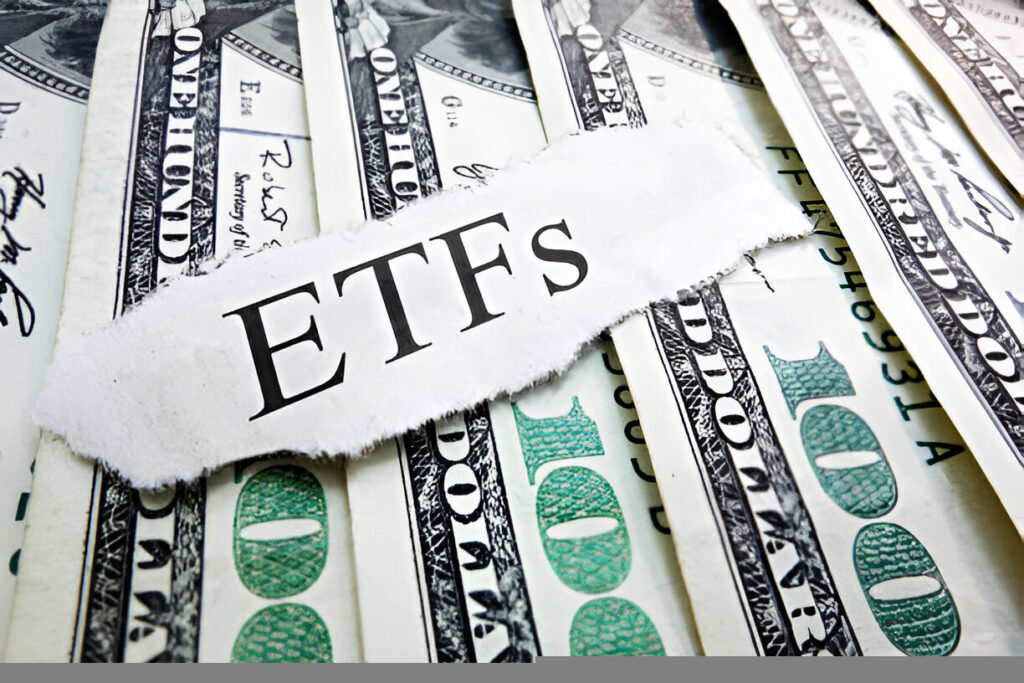As a finance expert, I often get asked about the best ETFs to hold indefinitely. The answer depends on your goals, but some ETFs stand out for their durability, diversification, and long-term growth potential. In this guide, I’ll break down seven ETFs that I believe are worth holding forever, explaining why they work, how they perform, and what makes them resilient.
Table of Contents
Why Hold ETFs Forever?
ETFs (Exchange-Traded Funds) offer instant diversification, low costs, and liquidity. The “buy and hold forever” strategy works because it minimizes trading costs, taxes, and emotional decision-making. Over time, compounding does the heavy lifting. Consider the formula for compound growth:
A = P \times (1 + r)^tWhere:
- A = Final amount
- P = Principal investment
- r = Annual return
- t = Time in years
A $10,000 investment growing at 7% annually becomes $76,123 in 30 years—without adding another dollar. The key is picking ETFs that will survive and thrive over decades.
1. Vanguard S&P 500 ETF (VOO)
Why It’s a Forever Holding
The S&P 500 is the gold standard for long-term investing. VOO tracks it with a razor-thin 0.03% expense ratio. Historically, the S&P 500 has returned about 10% annually, including dividends.
Performance Snapshot
| Metric | VOO | S&P 500 (Benchmark) |
|---|---|---|
| 10-Year CAGR | 12.3% | 12.3% |
| Expense Ratio | 0.03% | N/A |
| Dividend Yield | 1.4% | 1.4% |
Why It Works
The U.S. economy has consistently grown over time. Even during recessions, the S&P 500 has recovered and reached new highs. If you believe in American capitalism, this ETF is a no-brainer.
2. Invesco QQQ Trust (QQQ)
Why Hold QQQ Forever?
QQQ tracks the Nasdaq-100, which is tech-heavy but also includes giants like Apple, Microsoft, and Amazon. These companies dominate global markets and reinvest profits into growth.
Historical Edge
From 2010 to 2023, QQQ returned 18.2% annually vs. 12.3% for VOO. Tech drives modern economies, and QQQ gives you concentrated exposure.
Risk Consideration
Tech is volatile. In the 2000 dot-com crash, QQQ fell ~80%. But if you held through it, you’d be up over 1,000% today.
3. Vanguard Total Stock Market ETF (VTI)
Why VTI Over VOO?
VTI includes small and mid-cap stocks, offering broader diversification. Over long periods, small caps have outperformed large caps, though with higher volatility.
Example Calculation
If small caps add just 0.5% extra annual return, over 30 years, that’s a big difference:
A_{VTI} = 10,000 \times (1.105)^{30} = \$199,020 A_{VOO} = 10,000 \times (1.10)^{30} = \$174,494The extra $24,526 comes from small-cap exposure.
4. iShares Core U.S. Aggregate Bond ETF (AGG)
The Role of Bonds in a Forever Portfolio
Stocks are great, but bonds reduce risk. AGG holds U.S. investment-grade bonds, providing stability.
Historical Risk-Return
| Asset | Avg. Return | Worst Year |
|---|---|---|
| VOO | 10% | -37% (2008) |
| AGG | 4.5% | -2.6% (2021) |
Even a 20% bond allocation can smooth returns without sacrificing much growth.
5. Vanguard Real Estate ETF (VNQ)
Real Estate for Diversification
VNQ holds REITs (Real Estate Investment Trusts), which pay high dividends and hedge against inflation.
Yield vs. Growth
VNQ’s dividend yield is ~4%, nearly triple the S&P 500’s. Over time, REITs have returned ~9% annually.
Tax Note
REIT dividends are taxed as ordinary income, so hold VNQ in a tax-advantaged account if possible.
6. iShares MSCI EAFE ETF (EFA)
International Exposure Matters
The U.S. won’t always outperform. EFA tracks developed markets (Europe, Australia, Japan), offering geographic diversification.
Performance in Different Eras
From 2000 to 2009, EFA beat the S&P 500. Diversifying globally protects against regional downturns.
7. Vanguard Dividend Appreciation ETF (VIG)
Dividend Growth for the Long Haul
VIG holds companies with a history of raising dividends. These firms are financially stable and reward shareholders.
The Power of Rising Dividends
If a stock yields 2% but grows dividends at 7% yearly, in 10 years, your effective yield on cost is:
Yield_{10} = 2\% \times (1.07)^{10} = 3.93\%This compounds alongside price appreciation.
How to Allocate These ETFs
A sample forever portfolio might look like this:
| ETF | Allocation | Role |
|---|---|---|
| VOO | 40% | Core U.S. Growth |
| QQQ | 15% | Tech/Growth Boost |
| VTI | 10% | Small/Mid-Cap Exposure |
| AGG | 15% | Stability |
| VNQ | 10% | Inflation Hedge |
| EFA | 5% | International |
| VIG | 5% | Dividend Growth |
Rebalance annually to maintain these ratios.
Final Thoughts
The best ETFs to hold forever are those that align with long-term economic trends, offer diversification, and have low costs. I’ve used these seven in my own portfolio for years, and they’ve weathered multiple market cycles. The key is patience—let compounding work, ignore short-term noise, and stick to the plan.




